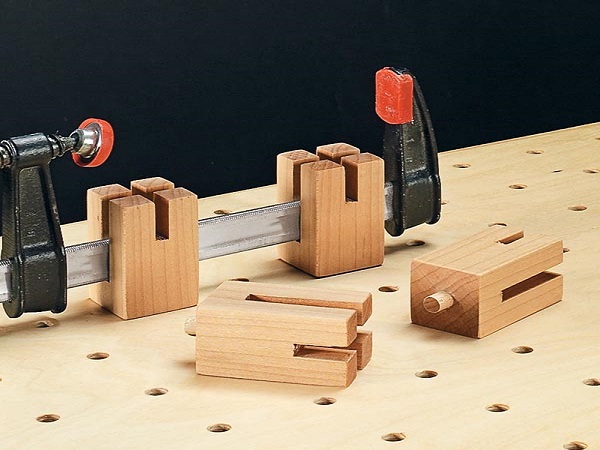A carpenter confronts many difficulties while at work. Many such shortcomings appear on the job and the carpenters finish work with tremendous effort and patience. These carpentry workers issues are faced by carpenters universally and this is not restricted to a particular region. You will not find a carpentry professional who has not faced these common carpentry problems in carrying out his work.
Glue stuck
Nothing more upsetting for a carpenter than a glue smear stuck in the woodwork he just finished and discovered it.
credit image
https://woodgears.ca
This prevents a wood to take the stain. A quick solution to this carpentry problem can be either scrape out the glue or dye it out. For this, a carpentry professional can use a cabinet scraper. An alternative way is to dye it out with an adjusting colour by applying it on the glue.
Dents in wood
Dents are very normal when it comes to a new wooden structure. To remove it, a carpentry worker will have to take out all the accumulated wood piece together. He can steam out the dent in the piece of wood which is an easy carpentry solution. For this, he must put some water into the dent, put a wet clean cloth over it. The carpenter must apply an iron over the cloth in a circular pattern for few minutes. After receiving enough steam, the dent will automatically disappear.
credit image
http://twwcdn.thewoodwhisperer.netdna-cdn.com
Weak joints
Getting the perfect wood joints fit is slightly difficult for a carpenter, especially with a mortise and tenon joints, which are common in the field of woodworking you need to fit it strongly to secure the strength of the joints.
credit image
http://s3.amazonaws.com/bvsystem_tmp
The epoxy resin glue is a thing he can apply to fix this carpentry problem, it helps to fill the gaps created in the joints by expanding itself. Another way the carpenter can solve this by cutting light pieces of wood and stick them together to the joints to fill the gap.
Split in the wood
A tear-out may appear in the wood when it is cut into pieces.
credit image
https://cdn2.tmbi.com
Rather than fixing it, it is best to avoid this carpentry issue. To avoid this, the carpenter must try to cut a wood directly on the cutting board rather than cut in a hanging manner. Therefore, he should use a backboard to cut it because it provides good support to the wood and reduces the possibility of tearing out in the middle.
When the carpentry finish appears uneven
This carpentry issue happens due to the use if certain oil finishes. The pores present in some wood get assimilated in the amounts of oil and leaves a blotchy effect. The carpenter must be careful to avoid it before he starts finishing as after doing the finish he cannot do anything to remove it. When he starts finishing, he should use a pore filing product from the market, for example, a sandpaper sealer to fill the pores located in the wood. Always choose a finish which will remain on the surface of the wood rather than dissolving into it, for example, the varnish finish.
credit image
http://diy.sndimg.com
Unable to open drawers and doors
When the carpenter finishes your cabinetry work and tries to taste the drawers and doors, they cannot be opened. When he slides the drawer to adjust it in the opening, he finds that it is too big for the opening. Something wrong might happen to the measurements the carpenter has taken. It can be a very small mistake that disrupts your whole set. To avoid this, he should not make the doors and drawers first. He should always wait till he completed making the carcass cabinet. This will help him to match the dimensions.
Apart from all these, there are many other irregularities come in the way of carpentry work. Those include-unsteady table movements from the side joints not fitting properly, or they are just too loose. These are very normal for the carpenters and with proper tactics and careful planning, they avoid these common carpentry problems.

